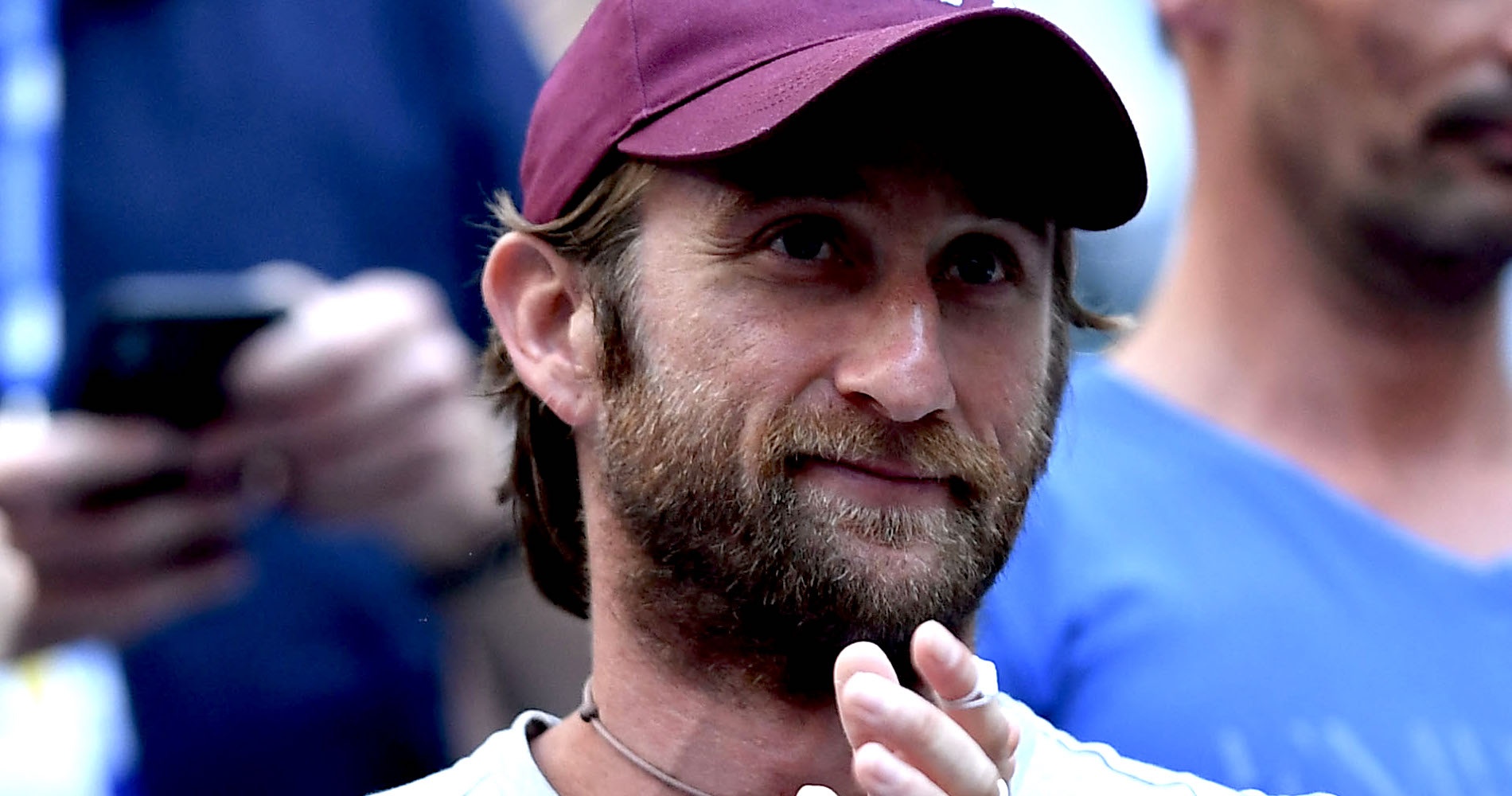Daniil Medvedev, standing tall at 6’6″, has always impressed with his agility and court coverage, defying expectations for a player of his stature. His athletic prowess helped him climb to World No. 1 in the ATP Rankings in 2022. However, his success goes beyond natural talent and hard work—it’s also a testament to innovation, particularly the use of wearable technology by his team.
Here's ads banner inside a post
The Beginning of Wearable Integration
Medvedev’s coach, Gilles Cervara, introduced wearable technology into the training regimen in 2020. Inspired by its use in other sports like rugby and football, the team began using GPS devices during practice sessions. This allowed them to analyze movement patterns, effort levels, and other metrics crucial to optimizing Medvedev’s performance.
“We created scenarios to mimic the toughest match conditions,” Cervara shared. “We used GPS data to ensure our training matched the intensity of a Grand Slam match, including the number of sprints and changes in direction.”
This method enabled Medvedev’s team to simulate “worst-case scenarios” during training, preparing him for marathon matches against top-tier players like Novak Djokovic, Rafael Nadal, and Jannik Sinner.
Here's ads banner inside a post
Revolutionizing Training with Data
Wearable devices have drastically reduced the time and effort required for in-depth performance analysis. Before incorporating this technology, Cervara spent up to 10 hours manually analyzing matches. Now, the data offers instant insights, ensuring Medvedev’s training sessions are aligned with match-day realities.
“The data provides objective numbers, eliminating guesswork,” Cervara explained. “It ensures that Medvedev is fully prepared to endure the physical demands of long matches.”
For instance, during pre-season and throughout the year, the team uses data to replicate the grueling conditions of five-hour matches. This consistent approach keeps Medvedev in peak condition year-round.
Here's ads banner inside a post
Improved Efficiency and Performance
The impact of wearable technology is evident in Medvedev’s game. By tracking metrics like sprint counts, shot intensity, and serving patterns, Cervara and his team can fine-tune their training programs.
“It gives me a clear vision of what Daniil experiences during matches,” Cervara noted. “This clarity helps us create effective practice sessions tailored to real match conditions.”
Although Medvedev doesn’t wear GPS devices during matches—despite ATP’s approval—training with these tools has given his team a competitive edge in preparing for the demands of the modern game.
The ATP’s Role in Driving Innovation
The ATP officially approved wearable technology for competition earlier this year, marking a significant step forward in the sport. ATP’s Sports Director Ross Hutchins emphasized its importance:
“Providing players with tools to enhance performance and prevent injuries is critical. Wearable technology offers valuable insights that can maximize players’ careers.”
This aligns with Cervara’s philosophy, which integrates data to optimize Medvedev’s preparation and ensure he performs at his best.
Looking Ahead
As wearable technology becomes increasingly ingrained in professional tennis, its role in shaping the future of the sport cannot be overstated. For Daniil Medvedev, it has become a cornerstone of his preparation, helping him push boundaries and achieve new heights.
“It’s not just about numbers—it’s about understanding how to prepare better every day,” Cervara concluded. “With wearable technology, we have a roadmap to face any challenge on the court.”
By leveraging innovation, Medvedev and his team continue to redefine what’s possible in professional tennis, proving that success is a blend of talent, hard work, and cutting-edge technology.

